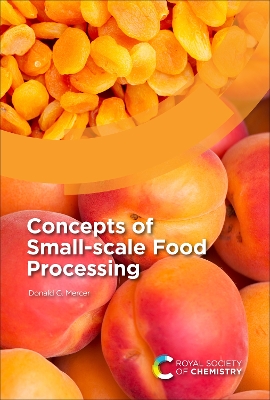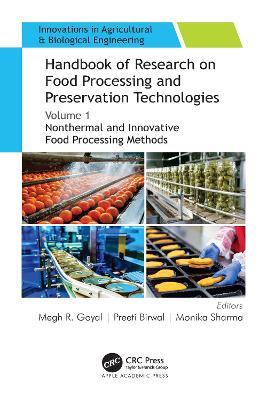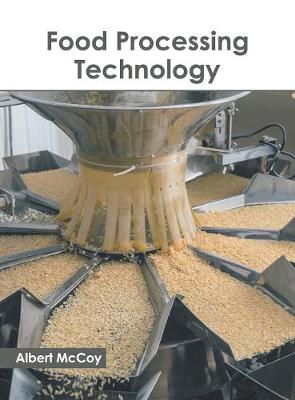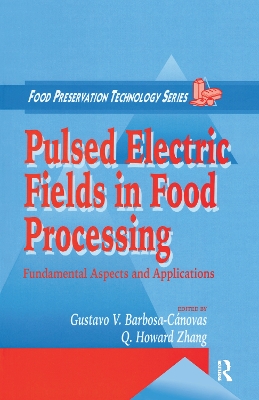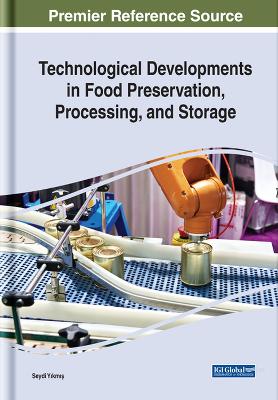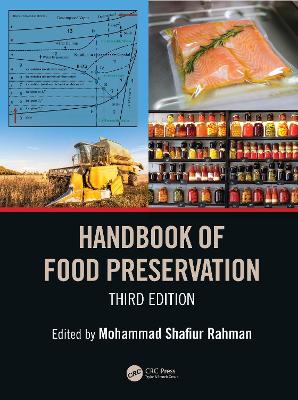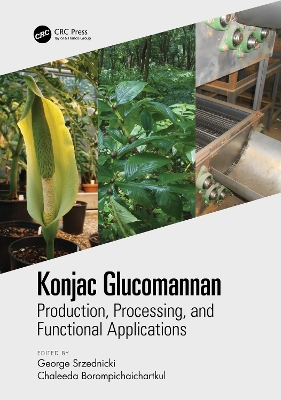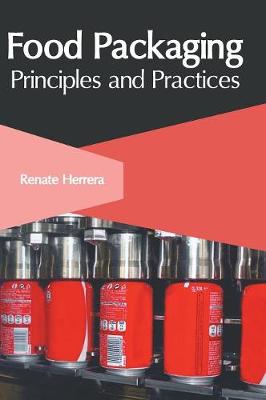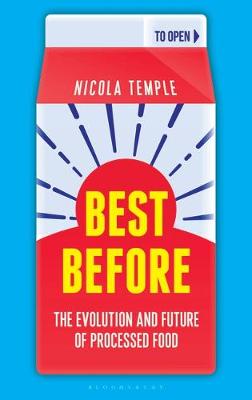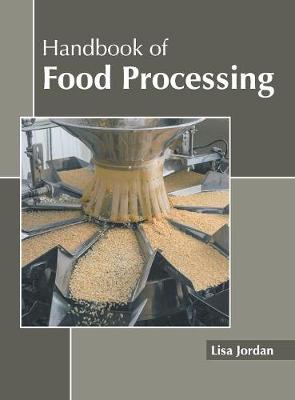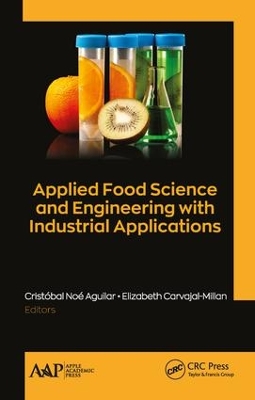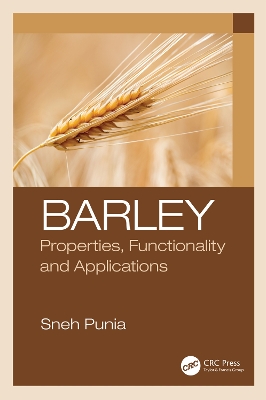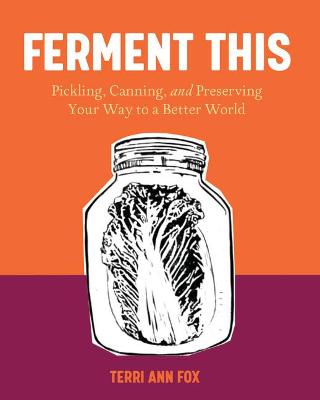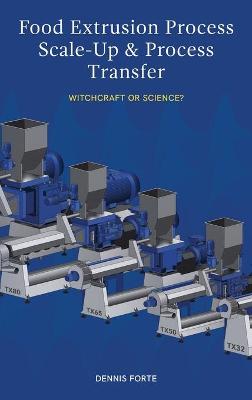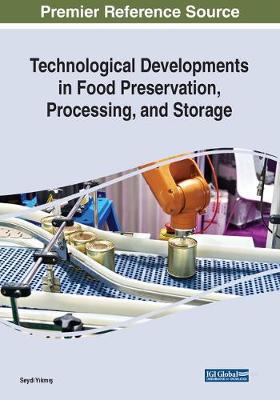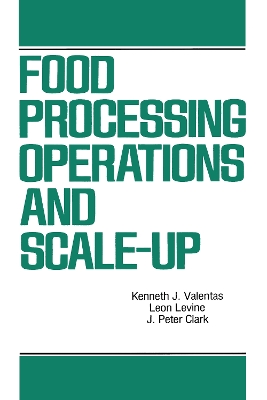Mycotoxins in Food and Beverages (Food Biology)
Mycotoxins are secondary metabolites produced by fungi in a wide range of foods (cereals, peanut, tree nuts, dried fruits, coffee, cocoa, grapes, spices…) both in the field and after harvest, particularly during storage. They can also be found in processed foods of plant origin, or by transfer, in food products of animal (milk, eggs, meat and offal). Mycotoxins are of major concern since they can cause acute or chronic intoxications in both humans and animals which are sometimes fatal. Many coun...
Chitin- and Chitosan-Based Biocomposites for Food Packaging Applications
Chitin is one of the most important biopolymers, synthesized by an enormous number of living organisms and is a promising bioactive polymer for food packaging applications due to its functional properties. This book focuses on composition, properties, characterization, and theoretical approach of chitin and chitosan bio-composites. It describes the most recent studies concerning chitin and chitosan-based films and gives an overview about future trends regarding the industrial applications of chi...
Providing detailed information on key areas of post-harvest technologies, this book is written with small-scale processors and entrepreneurs in food processing, who have no formal training in Food Science or Food Engineering, in mind. Uniquely, it will review the hands-on aspects of food processing from a largely non-academic viewpoint. It is written in non-technical language and covers everything from the basic science of why food is processed to a description of the main methods used. Coverage...
Handbook of Research on Food Processing and Preservation Technologies will be a 5-volume collection that attempts to illustrate various design, development, and applications of novel and innovative strategies for food processing and preservation. The role and applications of minimal processing techniques (such as ozone treatment, vacuum drying, osmotic dehydration, dense phase carbon dioxide treatment, pulsed electric field, and high-pressure assisted freezing) are also discussed, along with a w...
Dairy foods account for a large portion of the Western diet, but due to the potential diversity of their sources, this food group often poses a challenge for food scientists and their research efforts. Bringing together the foremost minds in dairy research, Handbook of Dairy Foods Analysis compiles the top dairy analysis techniques and methodologies from around the world into one, well-organized volume. Co-Edited by Fidel Toldra - Recipient of the 2010 Distinguished Research Award from the Amer...
Pulsed Electric Fields in Food Processing
Pulsed Electric Fields (PEF) is one of the nonthermal processing approaches that is receiving considerable attention by scientists, government and the food industry as a potential technique to be fully adopted to process foods at the industrial level. PEF presents a number of advantages including minimal changes to fresh foods, inactivation of a wi
Technological Developments in Food Preservation, Processing, and Storage
In recent years, professionals have combined nutrition, health, and engineering sciences to develop new technologies within the food industry. As we are beginning to shift focus on how we view the health benefits of various food products, perseveration and processing techniques have become much more vital. New developments regarding how we store and preserve food are emerging rapidly, making it necessary for research to be done that studies the latest scientific improvements and contemporary met...
Tecnologia de Extrusion para Alimentos y Piensos
by Dennis Forte and Gordon Young
Handbook of Food Preservation (Food Science and Technology)
The processing of food is no longer simple or straightforward, but is now a highly inter-disciplinary science. A number of new techniques have developed to extend shelf-life, minimize risk, protect the environment, and improve functional, sensory, and nutritional properties. Since 1999 when the first edition of this book was published, it has facilitated readers' understanding of the methods, technology, and science involved in the manipulation of conventional and newer sophisticated food preser...
Konjac Glucomannan
In recent years, konjac glucomannan (KGM) has attracted growing attention as a dietary fibre. It is a neutral hydrocolloid with significant health functions. Although relatively little known in the Western world, it has been part of the human diet in China and Japan for nearly two thousand years. Initially, the main source of KGM was Amorphophallus konjac from which the common English name ‘konjac’ is derived. Nowadays, the production of KGM is expanding into SE Asia and more tropical species of...
Long before there was the ready meal, humans processed food to preserve it and make it safe. From fire to fermentation, our ancestors survived periods of famine by changing the very nature of their food. This ability to process food has undoubtedly made us one of the most successful species on the planet, but have we gone too far? Through manipulating chemical reactions and organisms, scientists have unlocked all kinds of methods of to improve food longevity and increase supply, from apples t...
Phytochemicals In Vegetables And Their Therapeutic Properties
by C.K. Narayana
Applied Food Science and Engineering with Industrial Applications
Applied Food Science and Engineering with Industrial Applications highlights the latest advances and research in the interdisciplinary field of food engineering, emphasizing food science as well as quality assurance. The volume provides detailed technical and scientific background of technologies and their potential applications in food preservation. The volume's broad perspective reflects the expertise of international and interdisciplinary engineers, drawing on that of food technologists, micr...
Barley: Properties, Functionality and Applications provides a systematic introduction and a comprehensive examination of barley science. Recent research has raised the importance of barley finding that barley is a rich source of phenolic compounds, dietary fiber, vitamins, and minerals. Studying the properties of barley provides a basis for better utilizing it, in addition to further development of barley as a sustainable crop. This book will explore knowledge about barley production, grain st...
Fermented Pickles and Other Fares for the Eco-Friendly FoodiePerfect for fermentation fledglings and mavens alike, this beautifully-photographed fermentation recipe book guides you through the basics of pickling, preserving, and jarring. A fermenting book to preserve the world. Author Terri Ann Fox of River Run Ferments & Bakehouse believes that preserving food positively affects the fermenter and the world. With tons of information about the benefits of preparing and eating fermented foods, F...
Technological Developments in Food Preservation, Processing, and Storage
In recent years, professionals have combined nutrition, health, and engineering sciences to develop new technologies within the food industry. As we are beginning to shift focus on how we view the health benefits of various food products, perseveration and processing techniques have become much more vital. New developments regarding how we store and preserve food are emerging rapidly, making it necessary for research to be done that studies the latest scientific improvements and contemporary met...
Food Processing Operations and Scale-up (Food Science and Technology, #42)
by Kenneth J. Valentas, J. Peter Clark, and Leon Levin
Intended for students and practitioners who have a basic education in chemical engineering or food science. Contains basic information in each area and describes some of the fundamental ideas of processing development and design. Examines the food industry structure, how it works, consumer products,


